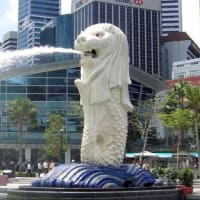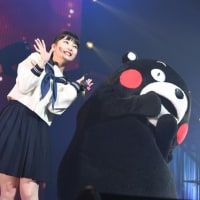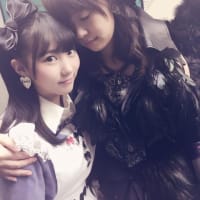
It is generally agreed that there are three distinct stages in language learning amongst children and whilst disagreement exists between scholars as to the exact start and stop times of these stages, (and of course we are able to observe significant differences between individual children). I would like to define them as such ?
Stage 1 ▼ from birth to three years old
Stage 2 ▼ from three to ten years old
Stage 3 ▼ from ten years old onwards
Stage 1 is principally concerned with the acquisition of language in its’ broadest sense. With no delineation between separate language children acquire vocabulary, produce simple utterances of single words progressing to short word strings. It is interesting to note that children's word string combinations are highly similar across cultures.
Although these initial steps into language production are not grammatically oriented, it has been proven that babies can comprehend a sentence using its syntax. Over time children’s language grows rapidly into fluent grammatical conversation with sentence length increasing steadily. Children at this stage can be seen as learning language by being exposed to it as much as is possible.
In Stage 2 children are moving towards becoming native speakers of specific/certain languages, environment is crucial. Of course a Japanese child growing up in a Japanese speaking environment will acquire Japanese as their native language, however if the same child grew up surrounded by a different language (or languages) they would have acquired that (them) instead.
Children in this stage thoroughly acquire the many grammatical systems that were previously being developed. The learning of new structures and the comprehension of those newly learnt structures is prominent, children are now very sensitive to stimuli and are increasingly able to smoothly perform the elaboration of speech and language. At this point in language acquisition children are able to learn numerous languages simultaneously; greater use generating increased familiarity and improved ability. Children at this stage best acquire language through activity and play.
By Stage 3 children have become native speakers, from on acquisition of a language other than their native language(s) is dependant on study and memorization, learners are conscious of the fact that language is being input, with acquisition dependent on appropriate usage and repetition. Of course language learning at stage three is still fun, but it has also become work. A balance of bookwork, study and play is necessary for effective learning/acquisition at this stage. With children now conscious of the act of learning, they are also actively monitoring their own progress, setting goals for themselves and take great pride in the improvements they are making in language learning.
For young learners at this stage learning and the work involved is fun, the improvements being made and the fact that they are able to do things they’d previously found difficult is very enjoyable.
Thus bearing in mind these stages of language acquisition during childhood, I should like to offer English teachers some advice that I hope will help you with perhaps the biggest challenge we are faced with when teaching our younger learners ? that of avoiding over-kill of activities/games, or how to do basically similar things in different, fun and challenging ways.

Specifically I’d like to focus on two different types of question we pose our students; those being Display Questions and Referential Questions.
Display Questions require students to show the knowledge they possess and include questions like;
What is it?
What kind of (animal) is it?
Referential Questions require students to demonstrate analytical skills, for example questions such as;
What kind of (animal) do you like?
For younger learners Display Questions are very useful, however for students at Stage 3 they have lost some of their effectiveness; perceived as being too obvious and not sufficiently challenging. Increasing the amount of Referential Questions used will help student’s to remember what they have learnt, by providing more opportunity for repetition and at the same time greater examples of appropriate usage.
In my opinion, this increase will see Referential Questions forming about 1 in 3 of all questions at Stage 3, whereas at Stage 2 they form about 1 in 5. Not a huge increase I’m sure you’ll agree, but an increase we should all be aware of and consequently conscious of making.
I would like to take the opportunity to share with you a subject that I believe is of crucial importance to all of us involved in Teaching English as a Second Language, that is the Stages of Language Acquisition during Childhood.

ブログ・ランキングに参加しています。
応援してくださる方はクリックをお願いします
↓ ↓ ↓
にほんブログ村 英会話ブログ



















